
Lysander Cutler was an American businessman, educator, politician, and Wisconsin pioneer. He served as a Union Army officer through almost the entire American Civil War, notably commanding the famed Iron Brigade of the Army of the Potomac. He rose to the rank of brigadier ganeral and received an honorary brevet to major general. Earlier in his career, he was a member of the Maine Senate.

Francis Channing Barlow was a lawyer, politician, and Union General during the American Civil War.

James Barnes was a railroad executive and a Union Army general in the American Civil War.
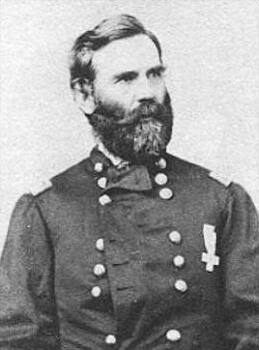
George Washington Getty was a career military officer in the United States Army, most noted for his role as a division commander in the Army of the Potomac during the final full year of the American Civil War.

George Henry Gordon was an American lawyer and a Union general in the American Civil War.
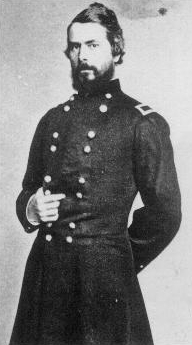
Truman Seymour was a career soldier and an accomplished painter. He served in the Union Army during the American Civil War, rising to the rank of major general. He was present at the Battle of Fort Sumter. He commanded the Union troops at the Battle of Olustee, the only major Civil War battle fought in Florida.

Thomas Casimer Devin was a United States Army officer and general. He commanded Union cavalry during the American Civil War and during the Indian Wars.
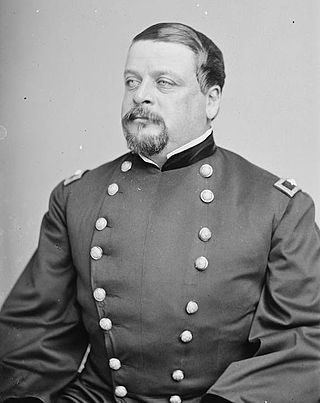
Alfred Gibbs was a career officer in the United States Army who served as an officer during the Mexican-American War and Apache Wars. He served as a brigadier general in the Union Army during the American Civil War.

William Francis Bartlett was a general in the Union Army during the American Civil War and, later, an executive in the iron industry.

The Iron Brigade, also known as The Black Hats, Black Hat Brigade, Iron Brigade of the West, and originally King's Wisconsin Brigade was an infantry brigade in the Union Army of the Potomac during the American Civil War. Although it fought entirely in the Eastern Theater, it was composed of regiments from three Western states that are now within the region of the Midwest. Noted for its excellent discipline, ferocity in battle, and extraordinarily strong morale, the Iron Brigade suffered 1,131 men killed out of 7,257 total enlistments: the highest percentage of loss suffered by any brigade in the United States Army during the war.

Ezra Ayers Carman was an officer in the Union Army during the American Civil War, commanding a New Jersey infantry regiment and (occasionally) a brigade.
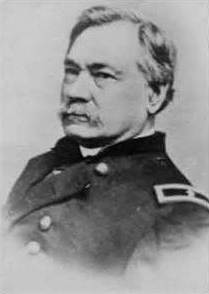
Sidney Burbank served as an officer in the regular army before and during the American Civil War. For a time he led a brigade in the Army of the Potomac.
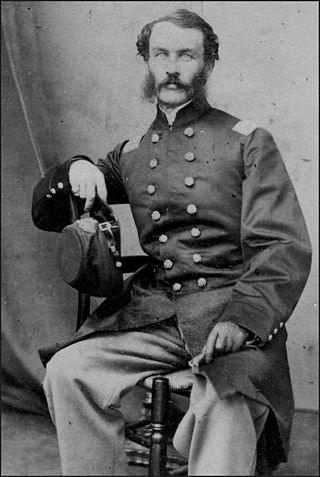
Henry Lawrence Eustis was an American civil engineer, college professor, and soldier who served as a general in the Union Army during the American Civil War.

William Stowell Tilton was an American businessman and soldier who led a regiment, and occasionally a brigade, in the Army of the Potomac during the American Civil War. He and his men were heavily engaged in the Battle of Gettysburg, where Tilton's performance created controversy.
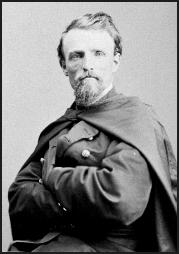
George Pearson Buell was an American civil engineer and soldier. He served as a Union Army general during the American Civil War, and remained in the United States Army following the conflict.

John Irvin Curtin was a cousin of Pennsylvania governor Andrew Gregg Curtin. He led a regiment and then a brigade in the American Civil War.
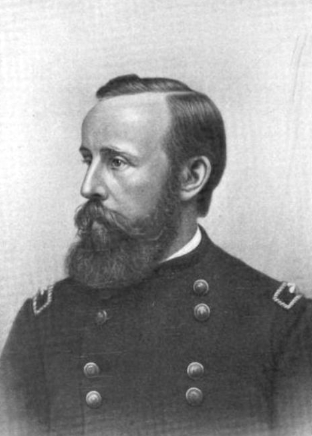
Edward Harland was a Union general during the American Civil War. He was associated with early battles of the IX Corps as well as Union involvement in North Carolina and the Tidewater region of Virginia.
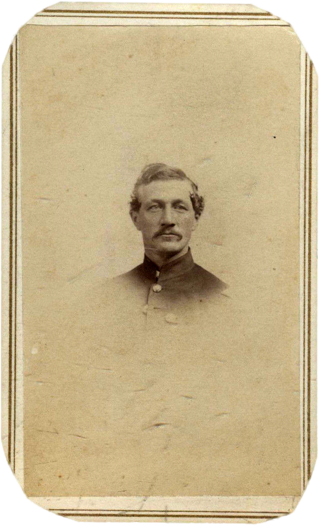
James Adams Cunningham was a volunteer officer in the Union Army during the American Civil War.

Oliver Edwards was a machine company executive, an inventor, and a volunteer officer in the Union Army during the American Civil War.

The 35th Massachusetts was an infantry regiment that served in the Union Army during the American Civil War.


















